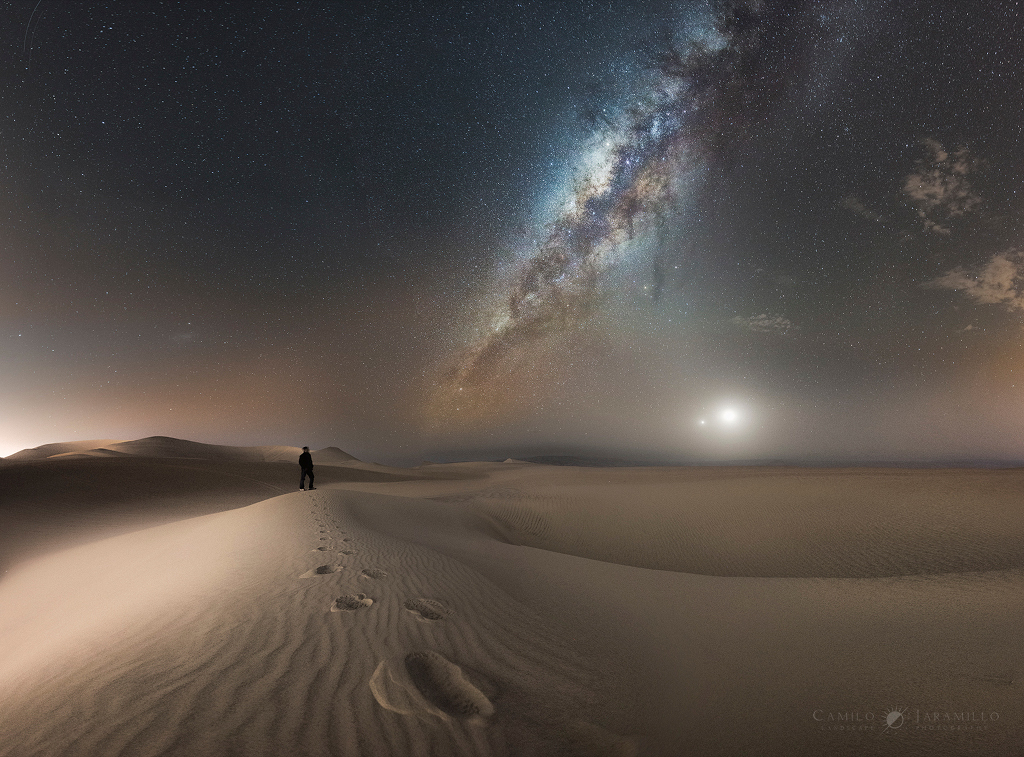Art McDonald presenting in CERN's main auditorium on 4 September (Image: Julien Ordan/CERN)
Watch Art McDonald, Nobel prize-winning physicist, speaking on the science involved in building the Sudbury Neutrino Observatory.
Speaking at CERN last week, he discusses how scientists and technicians building the machine took more than 70,000 showers as part of their efforts to maintain a completely clean and uncontaminated laboratory, and how at one point the team had to repair the 78-tonne tank of liquid scintillator after it sprung a leak, using the same principles that you would use to fix a flat tyre on your bike.
McDonald was jointly awarded the Nobel Prize in Physics 2015 with Takaaki Kajita "for the discovery of neutrino oscillations, which shows that neutrinos have mass". He is the director of this unique observatory, which hopes to detect solar neutrinos through their interactions with a large tank of heavy water.
Watch the recording here.
via CERN: Updates for the general public
http://home.cern/about/updates/2017/09/science-and-showers-sudbury-neutrino-observatory
